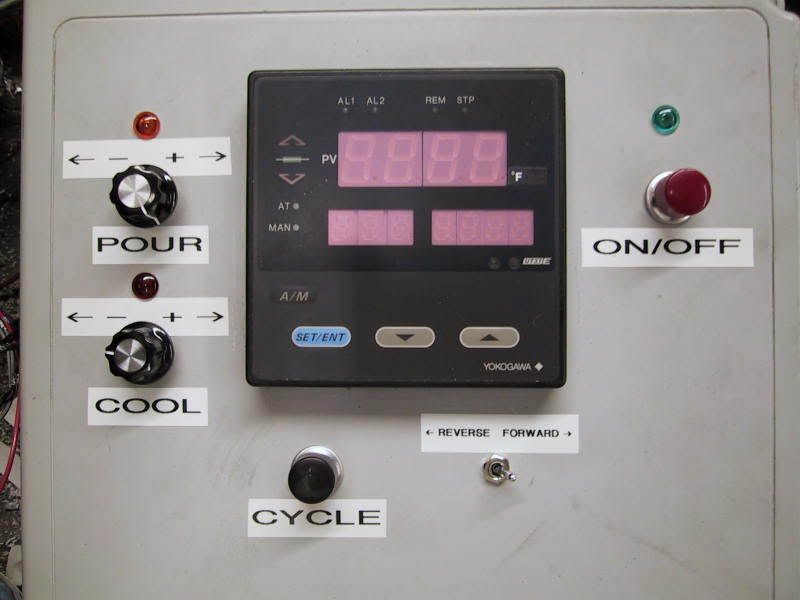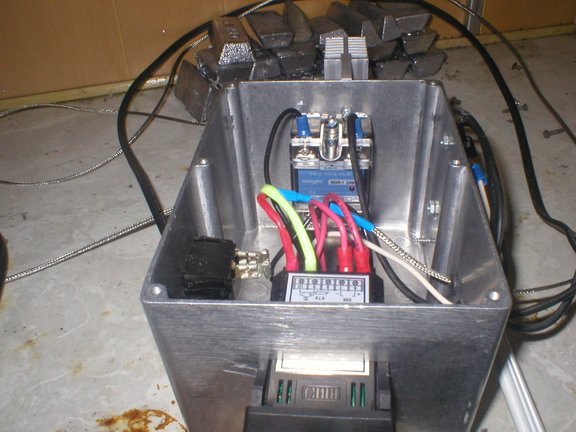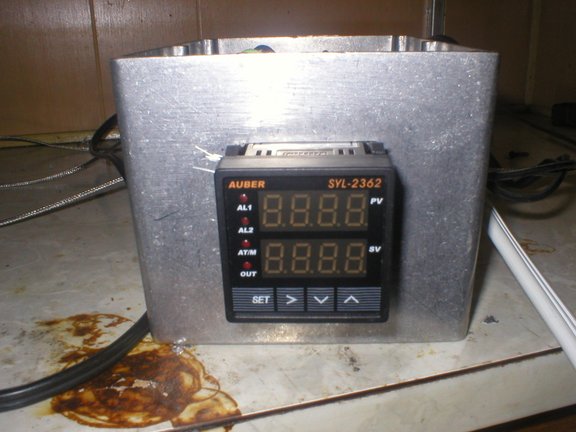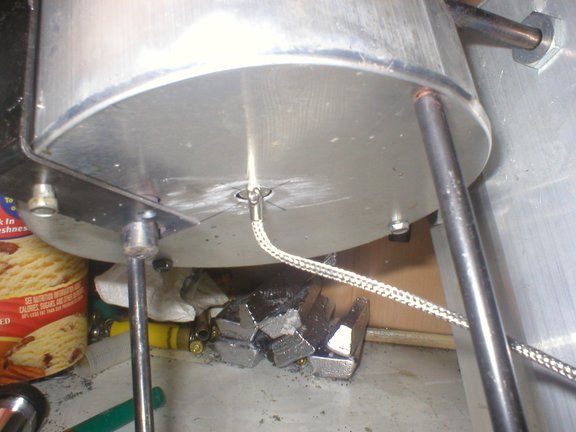coachseeley
Inactive
As far as thermometers go, I have a couple of questions.
1. How do you keep the thermometer off the sides of the pot and from giving you a false reading. I'm thinking that the closer the thermometer is to the bottom of the pot, closer to the heat source that is (and especially if it's touching the iron), then conduction will cause the thermo to give a false reading. Or, am I being too technical? (I'm a science teacher, so I might be analyzing this too much).
2. Anyone ever use those digital infrared thermometers while casting. My Pop uses one with hot oil when he's frying stuff. Would one of those work for reading Pb temperature?
Thanks.
1. How do you keep the thermometer off the sides of the pot and from giving you a false reading. I'm thinking that the closer the thermometer is to the bottom of the pot, closer to the heat source that is (and especially if it's touching the iron), then conduction will cause the thermo to give a false reading. Or, am I being too technical? (I'm a science teacher, so I might be analyzing this too much).
2. Anyone ever use those digital infrared thermometers while casting. My Pop uses one with hot oil when he's frying stuff. Would one of those work for reading Pb temperature?
Thanks.








